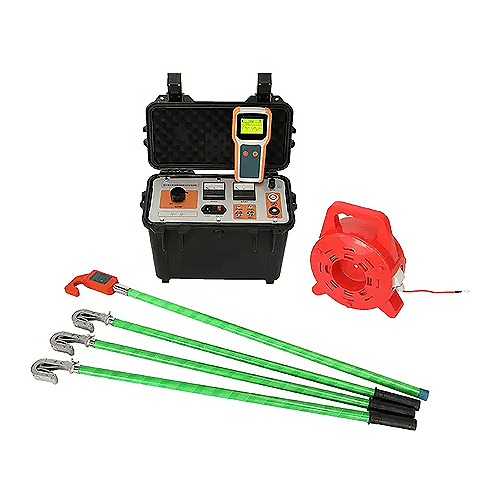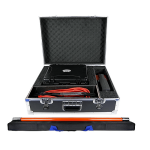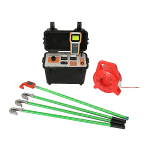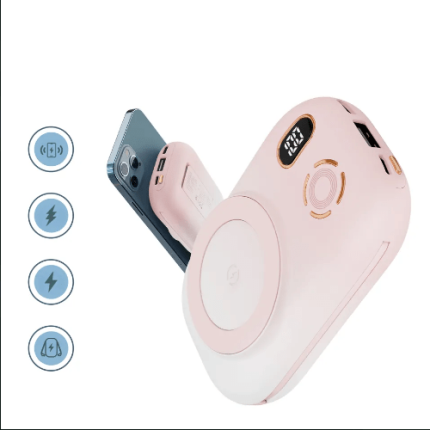Description
Overviews
GAOTek overhead line low current ground fault locators are suitable for overhead line of low current grounding system. Once single-phase grounding fault occurs and the line is out of service, the equipment can be used for precise locating the fault position. They are a set of portable equipment, which can be used for fault location of multiple lines. The whole equipment consists of transmitter, sensor, receiver and accessories. After the fault line is out of operation, the transmitters will apply ultra-low frequency and high voltage signals to the line to make the fault reappear. Along the line, the sensor will be hung up on the line to detect the signals with an insulating rod, and the data will be transmitted to the receiver on the ground in a wireless way, and the receivers will display the measurement results. Before the fault point, the current persists; after the fault point, the current disappears. The fault location can be determined quickly by rough segmentation and then precise fixed point.
Features
- suitable for the distribution network of small current grounding system to detect the single-phase metallic grounding, arc grounding, etc.
- Positioning after line out of service
- High voltage signal
- Ultra-low frequency signals
- high voltage starts blocking function, allows direct short circuit output
- High sensitivity sensor, opening design
- Sensor and receiver wireless communication transmission
- Transmitters can be powered by a municipal power supply, or a generator, sensor and receiver powered by dry battery
- The Transmitter is small size and light weight
- Sensor is designed to minimize the volume and weight
- Receiver is designed for handheld use
- The receiver adopts a large-screen liquid crystal display
Technical Specifications
| Location accuracy | 0.65 ft (0.2 m) |
| Open circuit voltage | fundamental wave valid 0 kV to 2800 kV (impulse DC, peak value 8 kV, amount to the phase voltage peak value of 10 kV cable) |
| Short circuit current | fundamental wave valid 0 mA to 35 mA (impulse DC, peak value 100mA) |
| Output frequency | 1 Hz |
| Communication distance between receiver and transmitter | no less than 328 ft (100 m) |
| Transmitter power | AC 220 V, or electric generator (output voltage ≥1500 W) |
| Transmitter power | Max. 900 W |
| Sensor supply power | Three AAA alkaline batteries |
| Receiver supply power | Five AA alkaline batteries |
| Temperature | 14 °F to 104 °F (-10 ℃ to 40 ℃) |
| Humidity | 5% to 90% |
| Elevation | ≤2.79 mi (4.5 km) |
| Sensor | 7.09 in x 3.94 in x 1.38 in (180 mm x 100 mm x 35 mm) |
| Receiver | 8.07 in x 3.94 in x 1.38 in (205 mm x 100 mm x 35 mm) |
| Sensor | 0.99 lb (450 g) |
| Receiver | 0.99 lb (450 g) |










